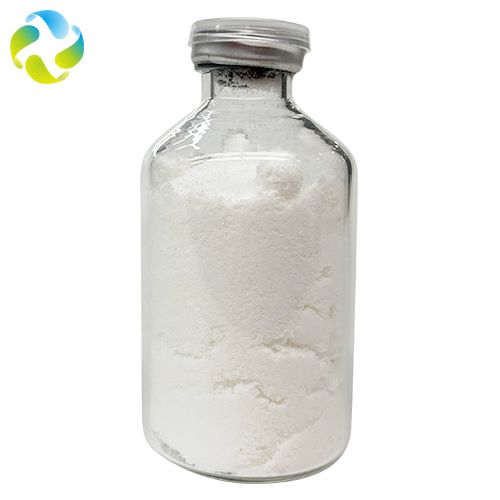

سعر فوب
أحصل على آخر سعر|
- Minimum Order
بلد:
China
نموذج رقم:
-
سعر فوب:
الموقع:
-
سعر الحد الأدنى للطلب:
-
الحد الأدني للطلب:
-
تفاصيل التغليف:
-
موعد التسليم:
-
القدرة على التوريد:
-
نوع الدفع:
-
مجموعة المنتج :
-
الشخص الذي يمكن الاتصال به Halsey
Wuhan, Hubei
| Synonym | *-methoxycinnamate, *-Methoxyciamic acid, *-MethoxyClnnamic acid |
| CAS | *******1 |
| Formula | C*0H*0O3 |
| Formula Weight | **8.*8 |
| Melting Point | **3.5 degree C |
| Boiling Point | **0.*1 degree C |
| Specification | Greater than or equal to *9% |
| Storage | Keep the container sealed and store in a cool, dry place |
| Form | Fine Crystalline Powder |
| Color | White |
| Stability | Stable under normal temperature and pressure to avoid oxidant contact |
| Solubility | Hard to dissolve in water, soluble in dimethyl sulfoxide and methanol |
| Storage | Refrigerator |
| بلد: | China |
| نموذج رقم: | - |
| سعر فوب: | أحصل على آخر سعر |
| الموقع: | - |
| سعر الحد الأدنى للطلب: | - |
| الحد الأدني للطلب: | - |
| تفاصيل التغليف: | - |
| موعد التسليم: | - |
| القدرة على التوريد: | - |
| نوع الدفع: | - |
| مجموعة المنتج : | - |